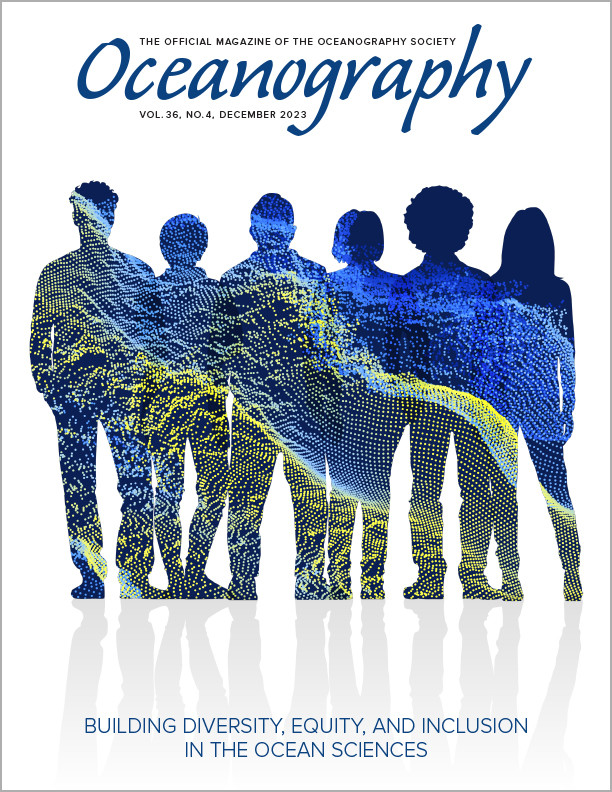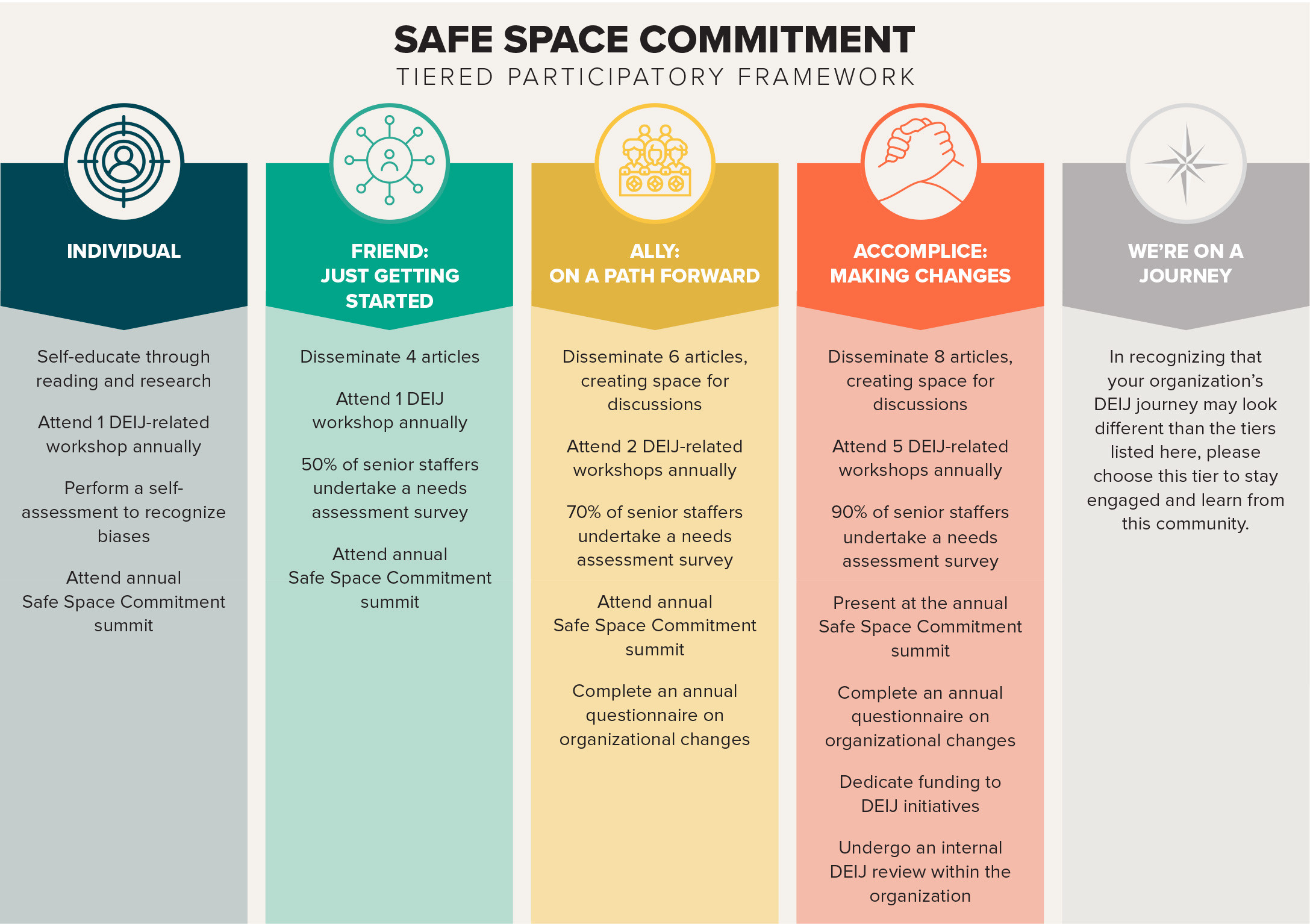Full Text
Background
Many cities around the world are taking steps to celebrate urban nature and move toward more sustainable living. As we progress, there is increasing focus on environmental initiatives and on intersecting with Black, Indigenous, and people of color (BIPOC) and other marginalized communities. Because of the long history of racism in the conservation and environmental movements, BIPOC communities have often been excluded from working in environmental science, ecology, and related fields. According to one survey of more than 200 environmental nonprofits, government agencies, and funders, “People of color are 36% of the US population and comprise 29% of the science and engineering workforce but they do not exceed 16% of the staff in any of the organizations surveyed” (Green 2.0, 2021). Absent changes in the latter percentages, environmental organizations cannot effectively address many of the urban environmental issues they face without input from, and connection with, these communities.
The Safe Space Commitment (SSC) was created with the goal of addressing this disparity by helping individuals and organizations recognize and remove the barriers that prevent BIPOC communities from participating in the environmental movement today. The SSC was established in 2020 by a coalition of partners of the New York-New Jersey Harbor & Estuary Program (HEP) to support environmental, marine, and other science-focused organizations within the Hudson-Raritan Estuary watershed that seek lasting change by creating a culture of acceptance and support for the many BIPOC communities in the watershed.
Program Description: A Stepped Approach to Achieving DEIJ Goals
A number of high-profile racial injustices in 2020 led many green organizations to rise in solidarity, publishing statements that pushed an anti-racism agenda. HEP’s coalition of partners, led by the diversity, equity, inclusion, and justice (DEIJ) subcommittee, identified the need to do more to shift the culture of our field from within. Recognizing that change cannot happen overnight, the SSC challenges participants to move beyond feel-good statements and create some accountability to meet DEIJ goals. Acknowledging that each organization is different, coalition partners designed a tiered participatory framework for the SSC. The first step is to commit to creating and supporting safe spaces at the individual and/or organizational level. “A safe and equitable space is one that centers the needs and desires of its employees, residents, visitors, and community members inclusive of race, gender, religion, ability, income, and sexual identity” (Hudson River Foundation, 2020).
To achieve long-lasting change, SSC members agree to evaluate and improve in several key areas, including awareness of language and behavior, the role of bystanders, and interruption of the hiring and other institutional practices that continue the cycle of systemic discrimination. The program’s second step requires participants to select one of the five tiers within the guided participatory framework to engage in DEIJ work on an annual basis. The framework was designed to accept that organizations and individuals will begin their journeys at various capacities, and flexibility is key. While some may be new to these conversations, others may be looking for ways to deepen their allyship. While some may be able to invest extensive staff time and resources in this process, others may not. The tiered participatory framework was developed with the intention of laying out a guide for helping organizations and individuals to take meaningful steps regardless of where they are starting. Figure 1 outlines a simplified version of the SSC framework for individuals and organizations committing to participate in the program.
Each tier offers achievable steps that can be taken throughout the year by individuals and organizations. The tiers build on one another to move beyond staff participation and engage senior leadership and board members in order to effect a change in an organization’s culture. Throughout each year, participants are encouraged to participate in trainings, create spaces to discuss and disseminate articles, and self-evaluate progress through annual program surveys. Participants are invited to attend annual workshops and trainings where our DEIJ subcommittee offers a minimum of one training. The framework is not prescriptive; rather, participants can move from one tier to the next as appropriate or stay at a tier for as long as they need to do so. However, the SSC program calls for action at a variety of capacities and attempts to create accountability among organizations by making their commitments known in public places and showcasing their commitments on the SSC webpage, and through camaraderie and support during workshops and trainings hosted by SSC members.
|
|
Results
SSC program success is illustrated by the community of organizations that have come together to share, learn, and grow on their pathways to improving DEIJ in the various facets of their work. “The Safe Space Commitment program is a helpful tool for Billion Oyster Project’s Diversity, Equity, and Inclusion goals,” says author Elisa Caref, who heads the DEI initiative for the nonprofit Billion Oyster Project. “It provides us with tangible targets to work towards as well as a pathway to meeting those objectives.” Caref adds that the community created by the SSC has been particularly important. “The community of signatories provides helpful resources and input for any roadblocks we face. As chair of the DEI Committee, I find it extremely useful to confer with my colleagues from the SSC as well as review the benchmarks from the Tiered Participatory Framework to plan and review our organization’s DEI activities and goals.” Similarly, Lean In, an organization dedicated to removing bias from workplaces everywhere, has recognized that “policies alone cannot shift workplace culture. It is critical that employees become part of the cause.” Lean In provides free access to program materials that are designed to help construct inclusive workplaces (Lean In, 2021).
Building on Lean In’s work, HEP has sponsored workshops and training events specific to DEIJ during our annual conference. This has created an entryway for various staff and organizations to access key training that would not otherwise be available to them because of cost or other barriers. The SSC program has also enabled participating partners to collaborate in leveraging funding that allows them to work together in supporting each organization’s DEIJ journey.
Lessons Learned
The SSC program is not an attempt to be a gatekeeper of DEIJ actions for all participating organizations. Rather, the program relies on participating organizations to engage with one another through trainings and workshops and by providing one another with annual feedback. This feedback is used to inform trainings or workshops to increase access to these opportunities. These trainings or workshops are typically offered to conference participants, HEP work groups/committees, and other partner coalitions to increase awareness of the SSC program.
Participating organizations are encouraged to share resources in a searchable, sortable tool that is available to anyone interested in developing a DEIJ journey. One of the challenges has been establishing accountability among participating organizations of the SSC program, and the DEIJ subcommittee is exploring ways to showcase change. On average, 50% of participants respond to the annual survey, and we find it difficult to monitor the progress that each organization is making toward upholding the SSC program. The DEIJ subcommittee continues to explore ways to encourage participants to work toward their commitments. We recognize that flexibility will be key as methods are modified and as our collective growth continues both personally and at our organizations.


